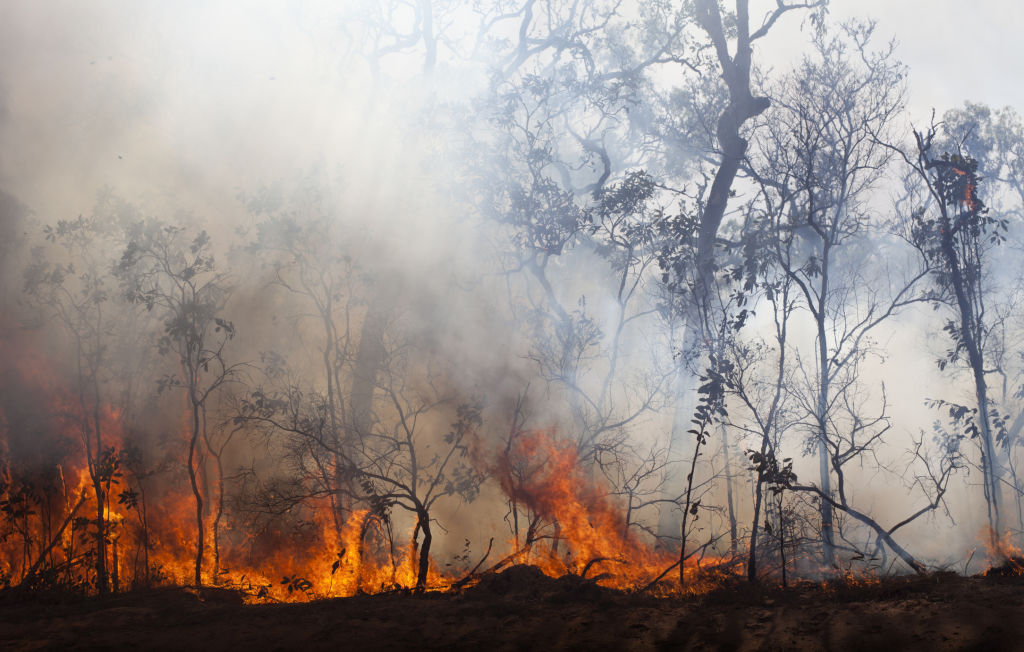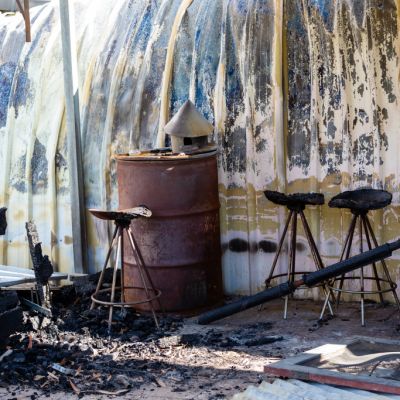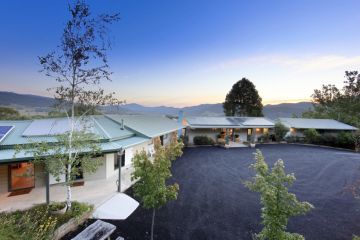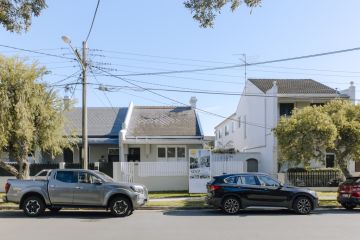Climate change puts regional communities at risk, better regional planning needed: experts

Regional communities anywhere near the bush are at increased risk of fire as the climate changes, and better planning is needed to avoid building in danger zones, experts warn.
A recent study found climate change made last year’s Black Summer bushfires worse, and predicted climate change would intensify the risk of similar events occurring in Australia’s south-east.
“There’s a whole range of ways that climate change is acting in south-east Australia to increase fire risk and that is something that will continue in the years ahead,” study lead author and ANU climate scientist Professor Nerilie Abrams told Domain. The review paper was published in the Communications, Earth and Environment journal.
Professor Abrams said communities located “anywhere near bush areas” would be at increased risk as a result.
“Those places are lovely to live in but there is an increased risk,” she said.
She warned Australians not to become complacent as a result of this year’s milder conditions following the devastation of the Black Summer bushfires.
“One of the takeaways from these studies is it would be very dangerous to write off what happened last summer as a freak, one-off event. This is a consequence of climate change and we would expect these events to become more frequent in the future.”
The comments come after a wave of city dwellers sought a tree-change during the pandemic, moving to regional towns in search of more space.
Stating that bushfires are something Australians will have to “learn to live with”, Professor Abrams said steps could be taken to improve community resilience, including the adoption of recommendations from the Bushfires Royal Commission, which handed down its final report in October 2020.
“[We should be doing] the type of things that we saw coming out of the royal commission into how we make our communities more resilient in the future,” she said.
“[That includes] planning as to where are the safe places to build new communities, looking at entry and exit points in communities – a major danger is communities with only a single entrance point.
“There’s a whole host of adaptions that we are going to need to put in place and improve from, making sure that people have bushfire survival plans, making sure they are bushfire ready and making sure that there isn’t fuel around the house.”
Andrew Gissing, general manager – resilience at risk management consultancy Risk Frontiers, said recent development trends meant an increasing number of Australians were likely living in areas of high bushfire risk.
“We’re building more and more into bushland. In a lot of ways it’s unavoidable because we have greater population,” Mr Gissing said.
He identified areas such as Macquarie Park and Ryde in Sydney as areas of the city where new development had seen urban areas encroach on bushland.
Proximity to bushland had been a key factor in whether homes were affected by fire during the NSW south coast fires in 2020, according to Mr Gissing.
He said 45 per cent of buildings destroyed during those fires were 10 metres from bushland and 80 per cent were within 100 metres of bushland.
But while “risk avoidance” was always preferable, Australia’s growing population meant that placing outright bans on development was unrealistic.
“As [the] population grows greater, there’s greater demand to accommodate [it] and greater pressure to develop into areas at risk,” he said.
“Sometimes people don’t necessarily have an option of whether they can live in a bushfire area or not.”
Instead, authorities should be doing more to ensure that new buildings – already built to stringent fire safety standards – remain compliant with building codes after their initial approval, as recommended by the Bushfires Royal Commission.
“For example, one of [the] conditions of approval may not have been to have wooden structures around the home but in later years when the home may have passed ownership, structures have been added,” he said.
“As a principle, we really need to ensure our building code measures are maintained over time.”
There are also steps homeowners in bushfire-prone areas can take to mitigate risk.
“Simple things like cleaning up the fuel [that] exists there, the vegetation around the home, making sure there’s space around the home [and] making sure that gas bottles are not located right on the side of the property,” Mr Gissing said.
We recommend
We thought you might like
States
Capital Cities
Capital Cities - Rentals
Popular Areas
Allhomes
More










